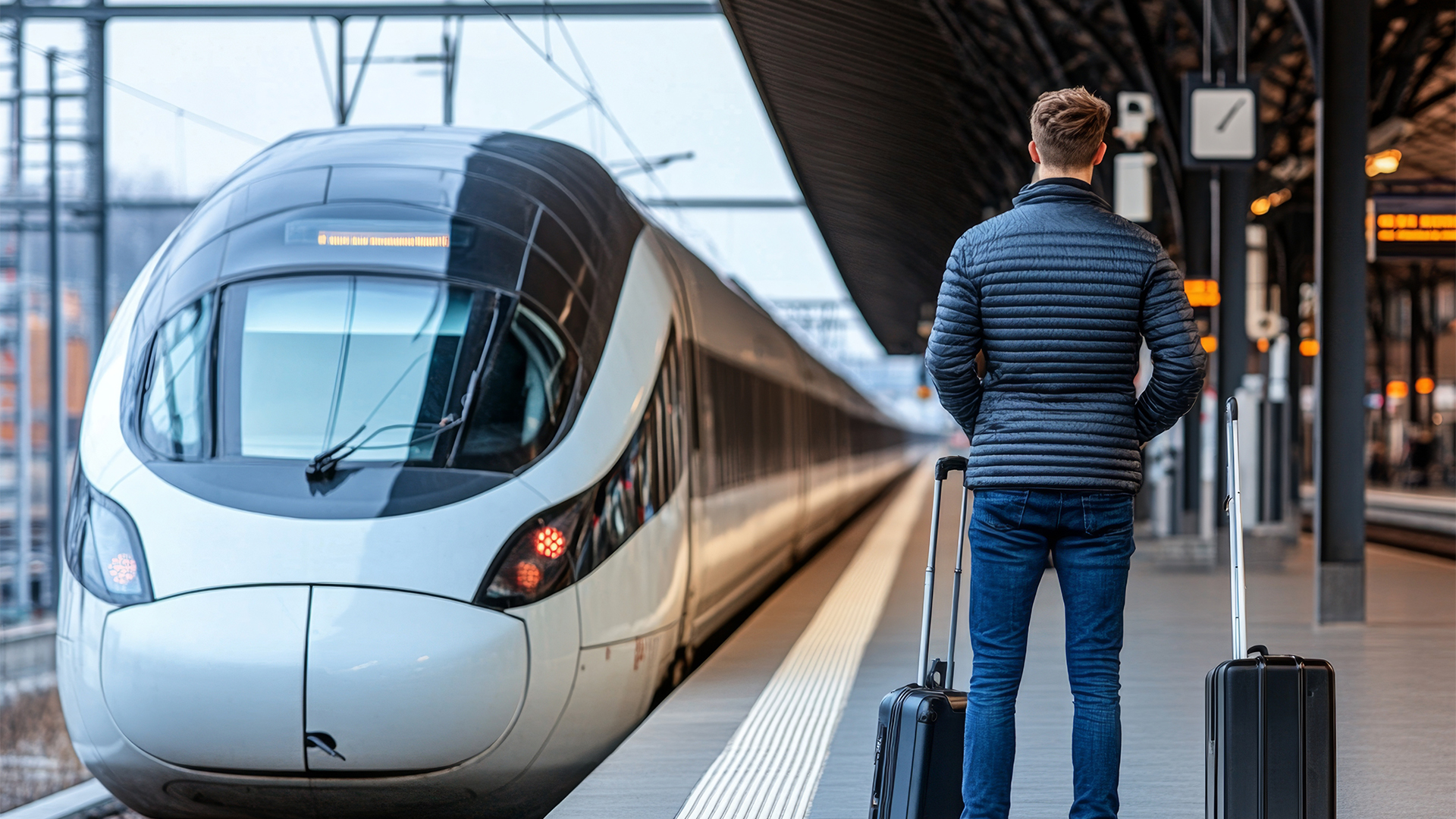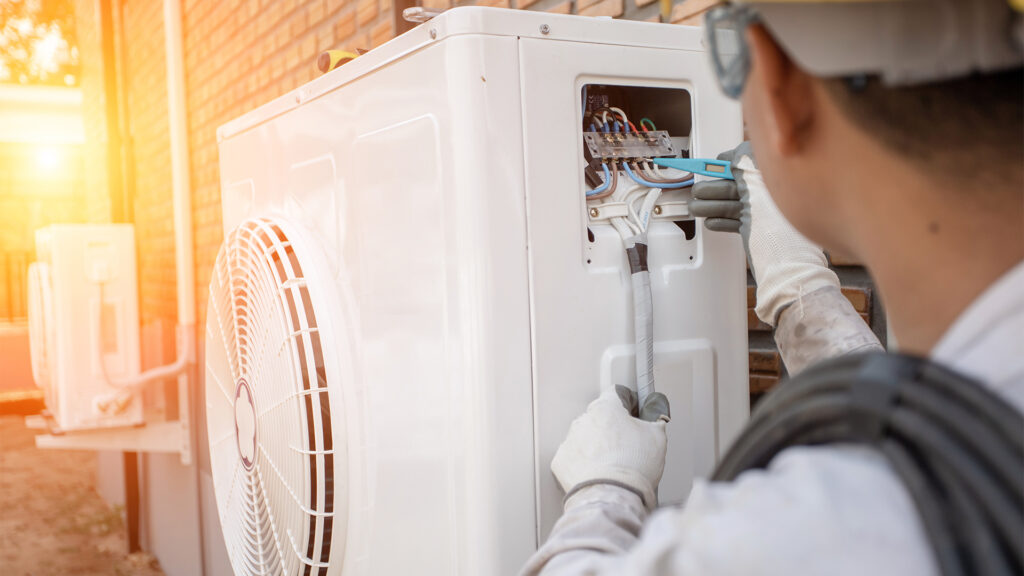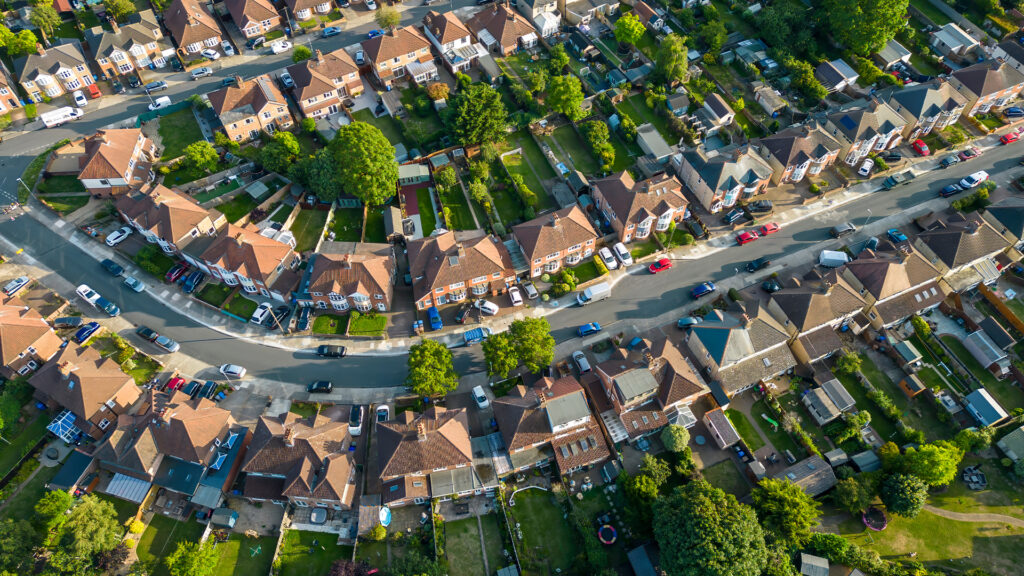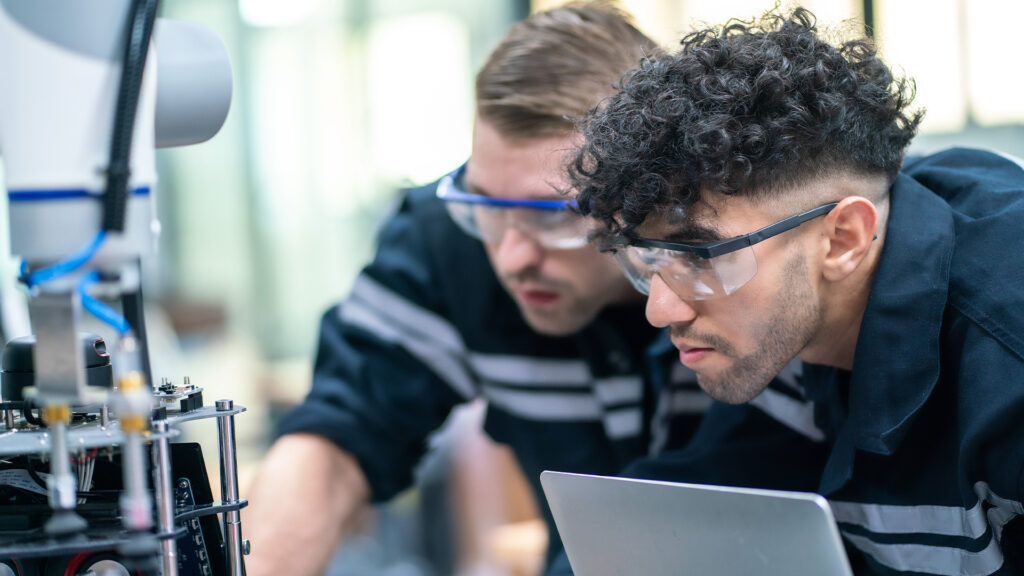
Train stations can be dangerous and risky places for a variety of reasons. Whether it’s the busy platforms making you feel packed in like sardines or the heavy rain making the floor slippery, there are several ways in which stations pose a risk to passengers, meaning safety measures and precautions are an essential requirement to ensure people are as safe as possible.
Measures may also not just be to prevent physical injury. Protection can mean multiple things, with enhancements in the security levels in train stations also being improved in recent time. This also relates to the progression in accessibility features for blind and visually impaired people, after a study revealed that 50% of UK mainline train station are missing the correct warning equipment to help visually impaired passengers navigate the station.
From simple solution like improved lighting and visibility, to more enhanced measures implemented by anti-slip flooring specialists, this article highlights the different ways that train stations can help reduce the risk of accidents and provide a safer environment for passengers.
Anti-Slip Flooring
It might seem like a trivial need when you think about the fast-paced nature of train stations, but decreasing the risk of slips and falls could be the difference between a smooth commute and a serious injury.
Whether it’s during the hustle and bustle of rush hour or rushing for that tight departure time, the stairs and platform floors pose a potential hazard if not properly maintained and fitted with solutions that reduce the risk of a slip. This is especially important on platform edges where a slight loss of footing could result in something far worse than a cut or bruise.
Anti-slip flooring, whether it is stair tread covers or grating is not only a simple solution, but also easily installed and a quick method to instantly increase the health and safety of a station. In addition, it is a perfect improvement to help the visually impaired as it makes areas (especially those with high footfall) simple to navigate.
Improved Lighting
This is possibly a factor that does not immediately jump out at you when discussing safety at train stations, but it is certainly one that shouldn’t be ignored. Enhanced lighting plays a crucial role in ensuring safety, not only from a visibility standpoint, but also the part it plays in reducing slips and falls.
By strategically placing more powerful lamps or just increasing the number of lights, passengers are able to view staircases, obstructions, entrances, exits and areas such as car parks much easier. Train stations are often filled with benches, equipment and commuters who have bags on the floor, so good lighting that maintains clear sightlines adds an extra layer of safety for all passengers.
Furthermore, modern LED lights that are both long-lasting and energy-efficient ensure passengers always feel safe and secure in a well-lit area.
First Aid Rooms & Equipment
In the unfortunate instances where injuries do occur, ensuring reliable first aid equipment and facilities are on hand and ready is essential. This is why many train station are equipped with medical facilities and first aid services, along with trained personnel who are ready to provide assistance when needed.
This is accompanied by life-saving equipment such as defibrillators that are strategically placed in accessible areas so that there can be rapid responses to any emergencies. This addition to train stations enhances the safety of passengers but also provide peace of mind to those travelling, as they know help is never too far away.
CCTV Surveillance
In terms of protection and safety, it doesn’t always relate to slips and trips. This could simply be about making sure people feel safe in a space and ensuring the station is being monitored as efficiently as possible.
Extensive networks of high-quality cameras can be found throughout the stations, covering a variety of areas where passengers typically converge. This vigilance allows for any suspicious activity, emergencies and criminal behaviour to be identified and responded to quickly.
Not only does this safety solution aid in post-incident situations, but more importantly acts as a deterrent as people can see clearly that CCTV equipment is in place and recording the station’s activity. This is yet again another example of how UK train stations create an environment that aims at improving the physical safety and peace of mind for those travelling.
Improved accessibility
Travel has to be accessible and inclusive for all, so ensuring those with disabilities have a safe and secure way of navigating the station and accessing the train. With the addition of lifts and ramps on platforms and other areas, people are now able to easily access all parts of the station so that their travel plans are not impacted by any disability.
Other inclusions like the previously mentioned anti-slip flooring, clearly marked accessible pathways, wide entry gates and dedicated assistance points are all in place to facilitate easier travel and accommodate those with disabilities.
By prioritising accessibility, UK train stations are showing that they are progressing to a point where all passengers, regardless of any physical differences or disabilities have the ability to travel with confidence and ease.
The safety solutions listed in this article highlight that there are several ways, both simple and more advanced, that train stations provide which can keep their passengers safe. Whether it is as simple as ensuring slips, trips and falls are avoided as often as possible or making sure those with disabilities can navigate areas easily, there are a number of effective methods in place which reduce the chance of accidents, both fatal and minor.

























